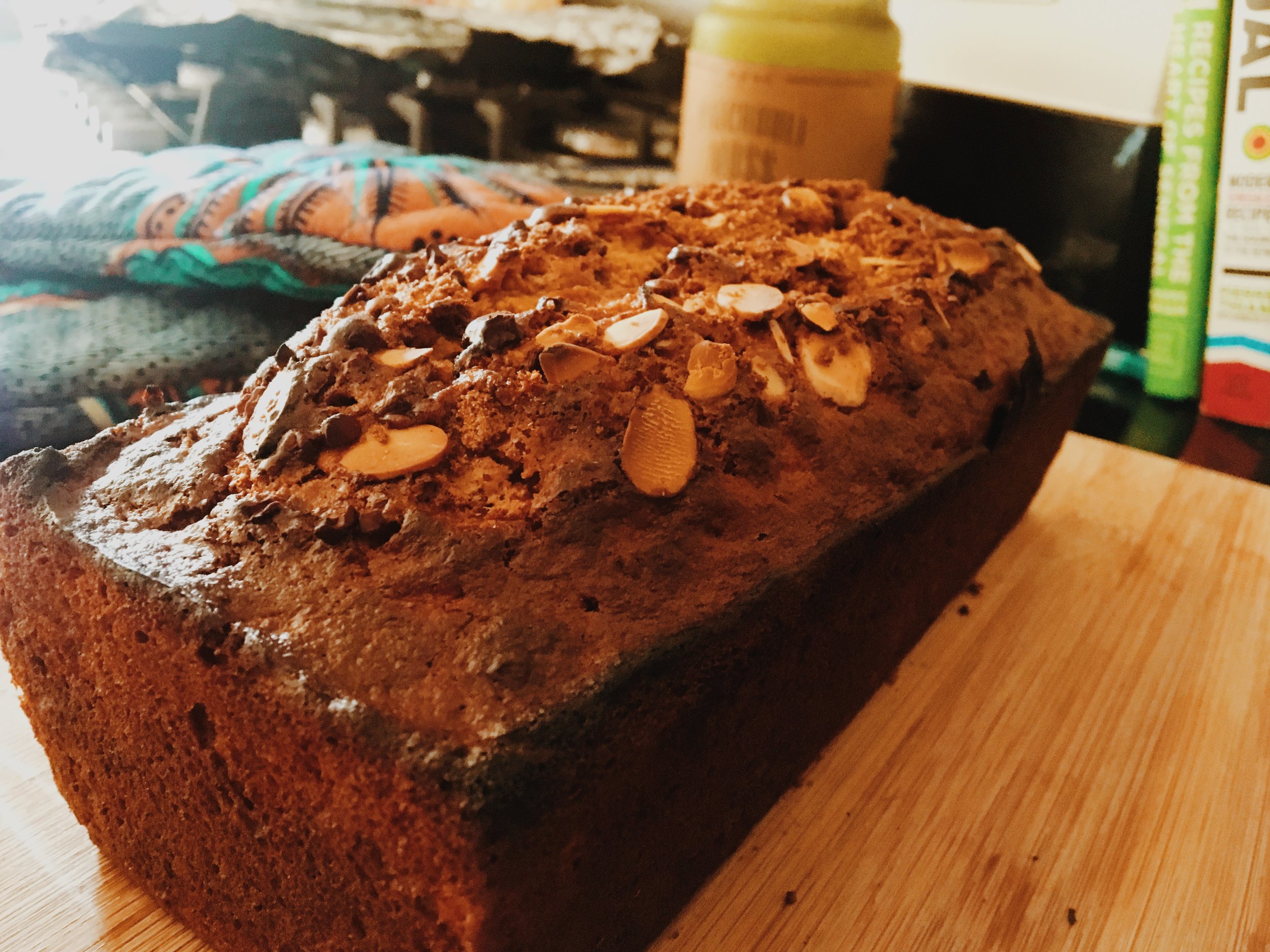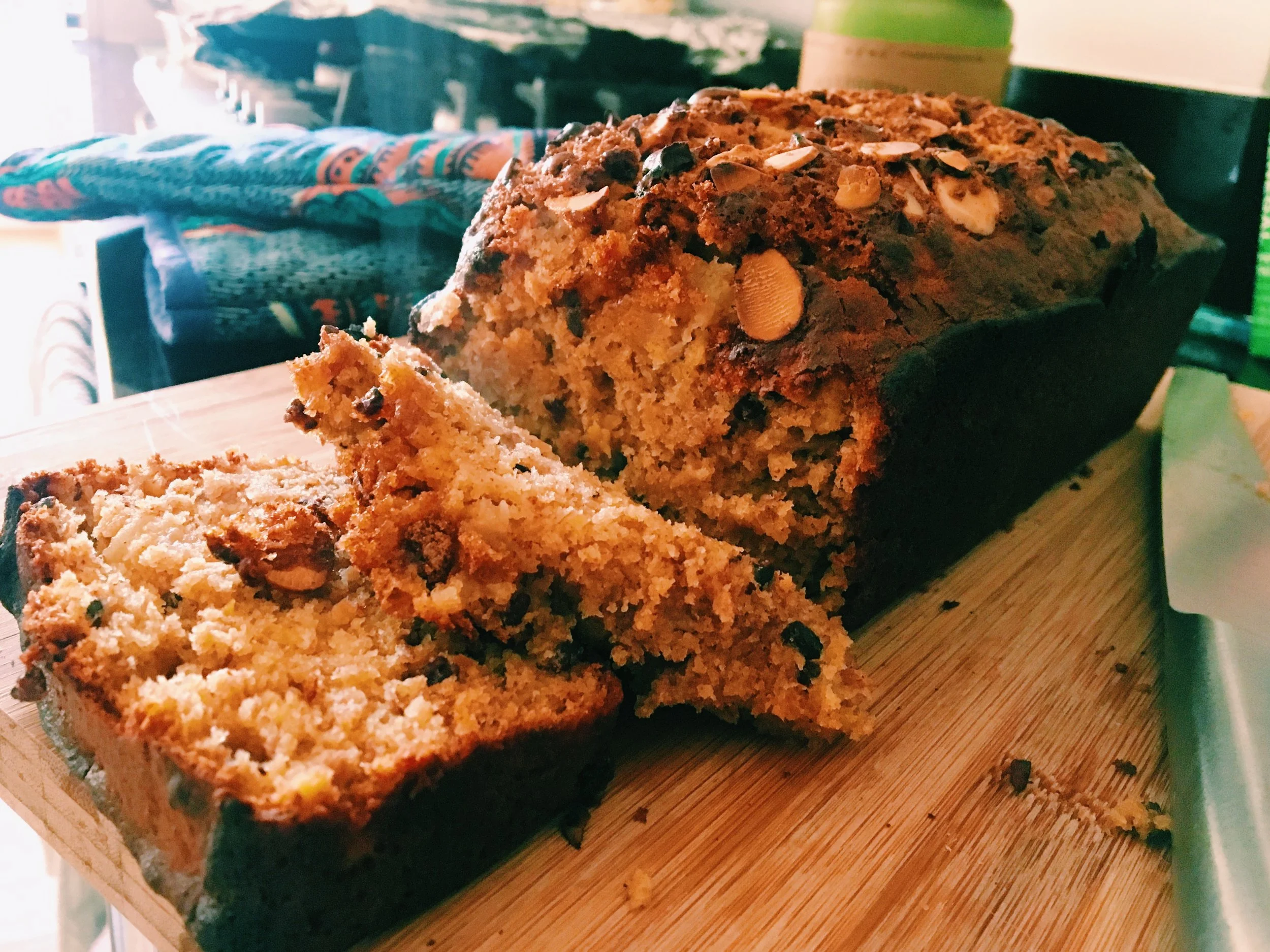Serves 8
Pilau Masala
1 tablespoon cumin
2 teaspoons black pepper
2 teaspoons ground cardamom
1 teaspoon cloves
1 teaspoon paprika
1 cinnamon stick, broken into three parts
Pilau
¼ cup vegetable oil
2 medium onions, thinly sliced
4 cloves garlic, minced
2 tablespoons fresh ginger, minced
1 chile, finally chopped (I use scotch bonnets because I enjoy heat but you can use serrano chiles)
2 tablespoons pilau masala
2 bay leaves
2 beef stock cubes
¼ cup fresh cilantro, roughly chopped
1 lb beef, cubed
4 plum tomatoes, diced
4 medium-size tomatoes, finely diced (I prefer to use plum tomatoes because they don’t add too much moisture)
4 cups water
2 cups basmati rice
Salt to taste
You usually would serve pilau alongside kacumbari, a simple and light tomato-onion salad. Here’s a recipe.
Combine the ingredients for the pilau masala then set aside.
Heat oil in a large pot over medium-high heat, and sauté onions for 10 minutes or until they begin to brown.
Add the pilau masala as well as the ginger, garlic, bay leaves, chile, beef stock cubes, and cilantro. Stir continuously to ensure the spices are well-distributed and fragrant.
Add the beef and let it cook fo 5 minutes until browned to preserve tenderness.
Add the tomatoes and cook until they have softened then add the potatoes and water before bringing to a boil and cooking for 10 minutes.
Once the water is boiling, add washed rice and stir it to ensure it is even distributed then add a pinch of salt to taste.
Cover the pot, reduce the heat and cook it over medium-low flame. After 8 minutes has passed, stir the rice to ensure it is cooking evenly and does not stick to the bottom of the pot. Continue to for 20 minutes until all liquid is fully absorbed.
Garnish with cilantro, serve, and enjoy. Best served alongside kachumbari (a traditional Kenyan salad of diced tomatoes, onions, and cilantro with a hint of lime juice)
As you can tell by my name, I’m Kenyan — from an East African country of 43 tribes and nearly 50 million people. Kenya is a remarkably diverse country, and its cuisine is likewise shaped by its history as a major trading region over the centuries as Indians, Arabs, and, most recently, Chinese, have arrived on its shores. The influence of these diverse groups can be seen perhaps most vividly in foods that have made their way into everyday Kenyan life: chapatis, samosas, and, of course, pilau, one of the signature dishes of the Swahili coast.
Swahili (or Waswahili) refers to people living along the coast of East Africa, primarily in Kenya and Tanzania, whose native language is Kiswahili, a language now spoken by over 200 million people within Africa in Tanzania, Kenya, Uganda, Democratic Republic of Congo, Rwanda, Burundi, Mozambique, Zambia and Malawi. With its roots in the Bantu language, Kiswahili became more widely spoken when Arab traders began arriving in Kenya during the 2nd century. Swahili is derived from Arabic word Sawāhil سواحل, meaning coasts, and thus unsurprisingly shares many similarities with the Arabic language. Some other examples of Swahili words of Arabic-origin: safari (trip), mahali (place), kahawa (coffee), among others.
While East African food isn’t necessarily known for its spices, Swahili food is very flavorful as it is well-known for its use of coconut, cloves, cumin, and other aromatics. Zanzibar in Tanzania was the centre of the Swahili spice trade and once known as the “Spice Islands” due to its former status as the world’s largest exporter of cloves as well as a large producer of other crops such as nutmeg and cinnamon. These spices are also common in the Swahili cuisine found today in Kenyan coastal cities such as Mombasa and Lamu. In this recipe, you’ll find plentiful Arab influences as well as Indian ones — one might describe pilau as similar to India’s famous biriyani. The main difference between the two is that in pilau the rice and the meat are cooked together in one pot, and rice and meat in biriyani are cooked separately and combined at the end.






